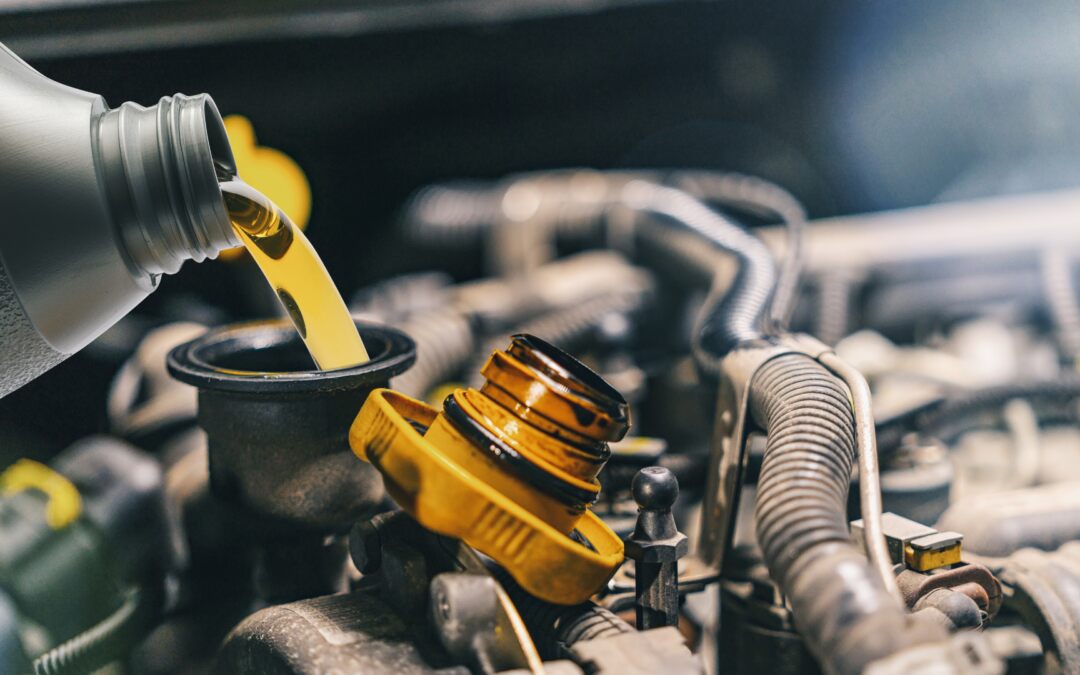For many car owners, the oil change is a ritual as regular as filling up the gas tank. It’s a task often marked on calendars, with stickers in the corner of the windshield serving as persistent reminders. Yet, despite its ubiquity, the importance of an oil change—and what actually occurs during the process—remains a mystery to some. This article aims to demystify the oil change, explaining not only why it’s essential but also guiding you through each step and discussing the various types of engine oil and their unique benefits.
Why Are Oil Changes So Crucial?
At its core, an oil change involves replacing the old, contaminated oil in your engine with fresh oil. Without this crucial maintenance, your engine could face dire consequences:
- Reduction in Efficiency: Dirty oil is thick and abrasive, which means it can’t lubricate the engine effectively. This leads to increased fuel consumption and reduced efficiency.
- Increased Engine Wear: Without the proper lubrication, the engine’s components begin to wear down faster due to increased friction.
- Overheating: Since oil plays a significant role in cooling engine components by carrying away heat, old oil can contribute to overheating, which can severely damage engine parts.
What Role Does Oil Play in Your Engine?
The primary role of engine oil is to lubricate the moving parts, but its responsibilities extend far beyond that:
- Lubricating: It forms a barrier between engine components, preventing them from grinding against each other and causing wear and damage.
- Cooling: Engine parts, particularly in the combustion chamber, can get extremely hot. Oil helps dissipate this heat uniformly throughout the engine.
- Cleaning: High-quality engine oil is designed to suspend and transport dirt particles and metal fragments to the oil filter, where they are captured. This keeps the engine clean and free from buildup.
- Sealing: Oil helps to seal the space between the piston rings and the cylinder walls, contributing to effective combustion and preventing power loss.
Detailed Breakdown of the Oil Change Process
Understanding the process can reassure you that this routine service is worth the investment:
- Draining the Old Oil: The first step involves removing the old oil from the engine. This usually happens by unscrewing a plug on the bottom of the oil pan, allowing the oil to drain out completely.
- Replacing the Oil Filter: The oil filter acts as a sieve to catch impurities in the oil, preventing them from circulating back into the engine. Changing the filter is crucial to ensure the new oil doesn’t get contaminated with the leftovers from the old oil.
- Adding New Oil: After the old oil and filter are removed, fresh oil is poured into the engine via the fill hole. The type and quantity of oil must match the manufacturer’s specifications for optimal performance.
- Checking for Leaks: Before considering the job done, it’s important to start the engine with the new oil and check for any signs of leakage. This helps ensure that everything is sealed properly and that the oil is circulating without issues.
- Final Checks and Cleanup: The last step involves checking the oil level with a dipstick and cleaning up any spilled oil. It’s also crucial to responsibly dispose of the old oil and filter.
Types of Oil and Their Benefits
Not all engine oils are created equal, and the right type can greatly enhance the performance and lifespan of your engine:
- Conventional Oil: Ideal for low-mileage, late-model cars with simple engine designs. While it doesn’t have the high-tech additives of its synthetic counterparts, it’s perfectly suitable for regular use under normal driving conditions.
- Synthetic Oil: This oil is engineered for high performance and is resistant to higher temperatures and more rigorous conditions. It can help improve fuel efficiency and can be used for longer intervals between oil changes.
- Synthetic Blend Oil: These oils are a hybrid of synthetic and conventional oils, offering a balance of better protection and performance, along with a price point that isn’t as steep as full synthetic oils.
- High Mileage Oil: Designed for vehicles with over 75,000 miles, high mileage oil contains special additives to help reduce oil burn-off and leaks, which can occur in older engines.
Regular oil changes are not just a part of routine car maintenance; they are crucial to the health and performance of your vehicle. Understanding what happens during an oil change, and the types of oils available, can empower you as a vehicle owner to make informed decisions that extend the life of your car and ensure it runs smoothly. Remember, a small investment in regular oil changes can prevent the far greater expense of engine repairs down the line.



